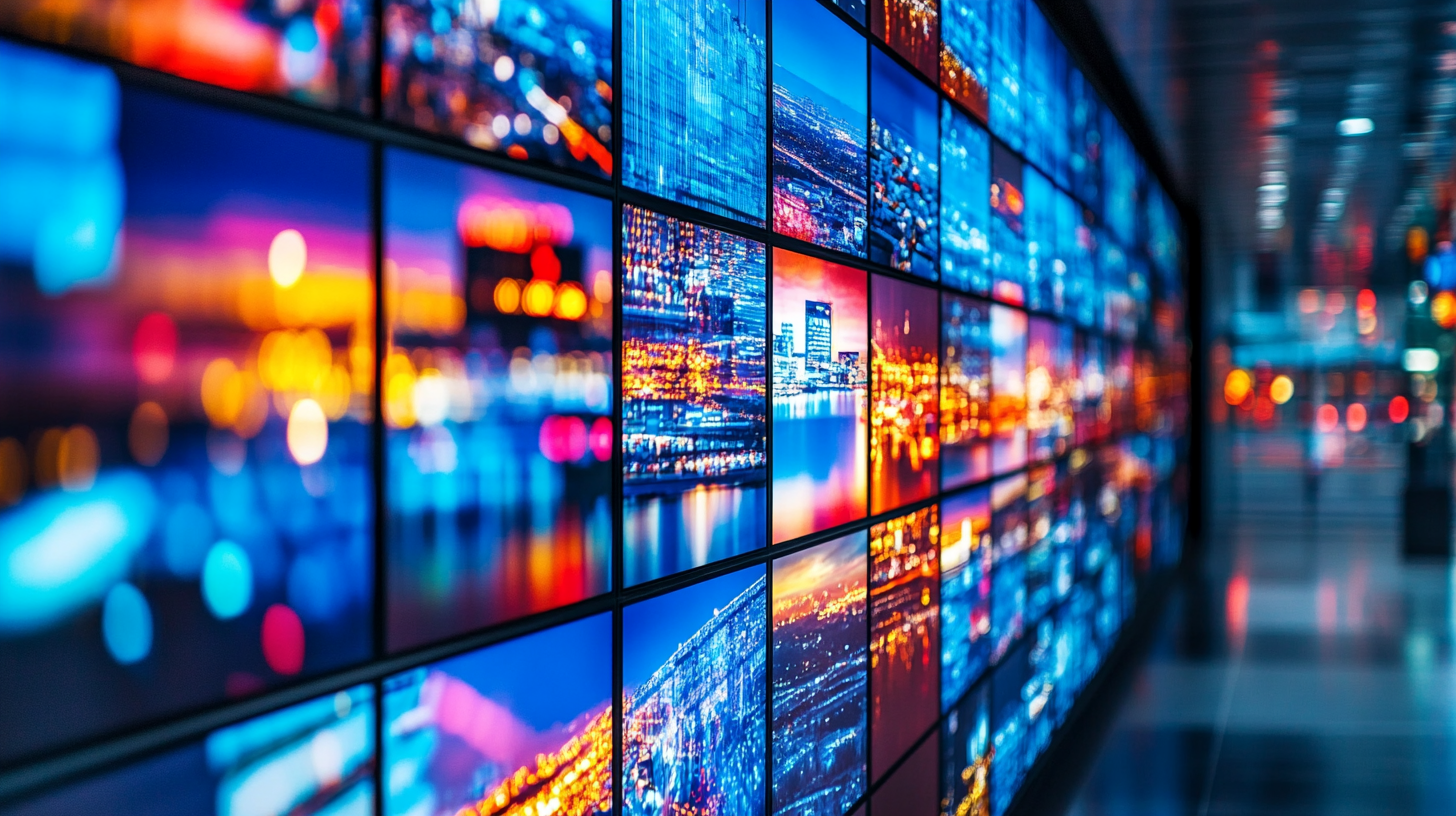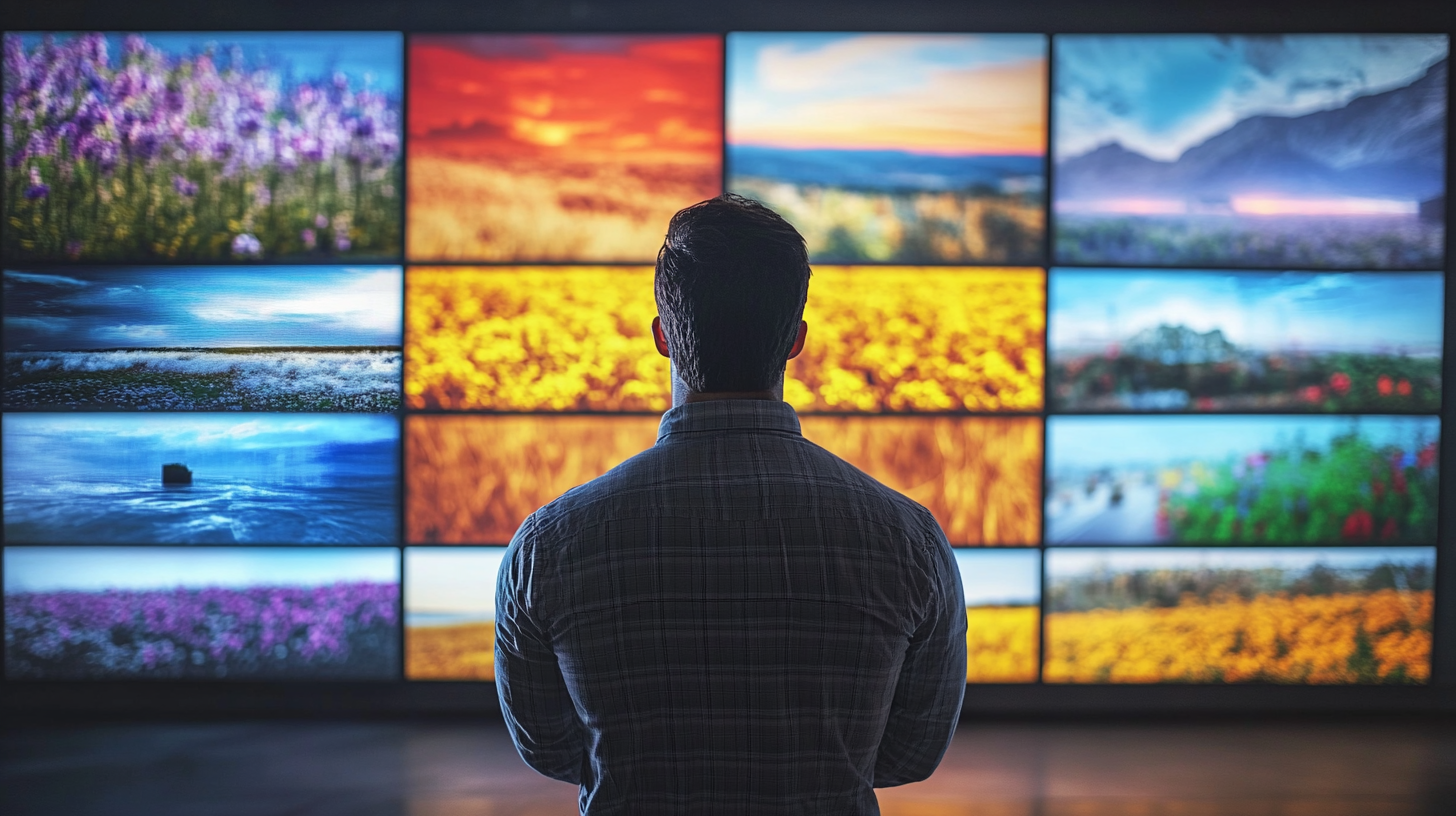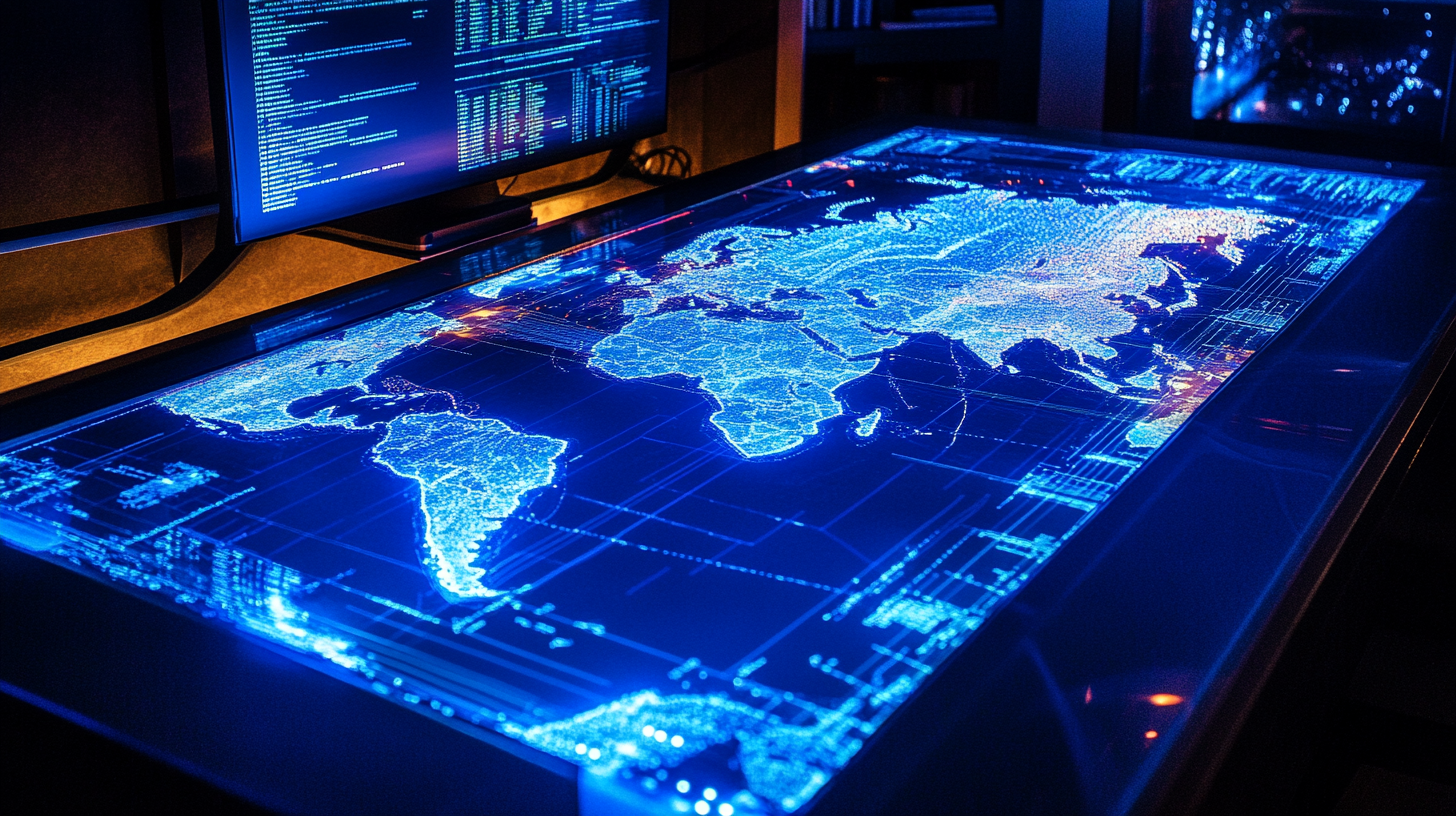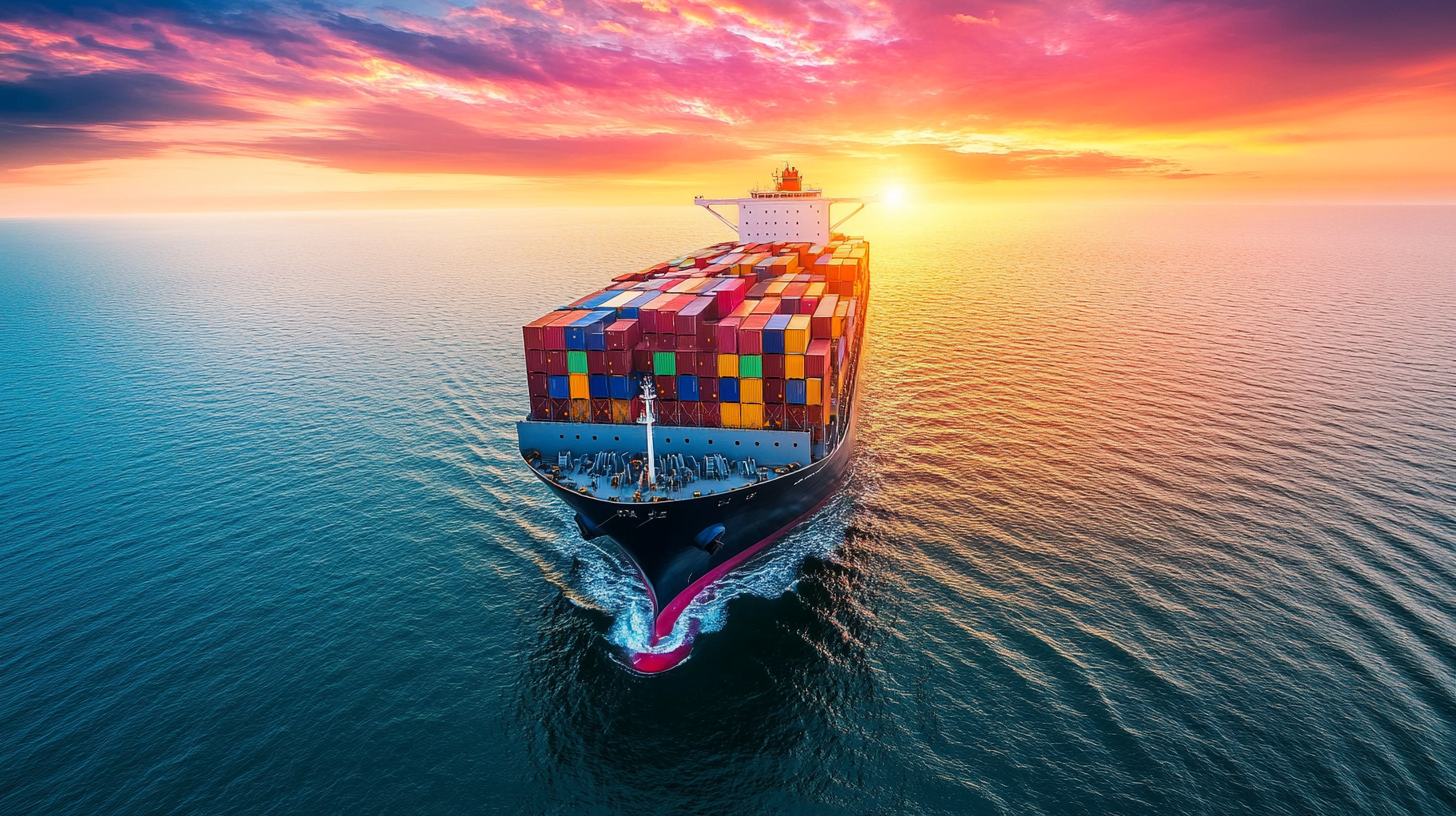Exploring the Global Standards for Backlit Panel Export and Import Compliance
The rapidly evolving world of consumer electronics and professional displays has already made the backlit panel a prime candidate for applications in both areas. The increasing global demand for this product coincides with a growing need to grasp the complexities of import-and-export compliance. Trade in these panels has required due regard to international regulations and standards, which if not adhered to can lead to potential legal penalties.
This blog will discuss the international standards-which will regulate the export and import of backlit panels-ready for the manufacturing and exporting companies' focus on a viable market access by avoiding all legal entrapments. The article will illustrate key requirements and best practices toward compliance with the relevant global standards before moving into challenges unique to businesses operating in this sector. It will also outline the important guidelines and certifications needed for successful cross-border transactions across regions. In addition to offering exposure on how to adequately handle supply chains pertaining to backlit panels, such provisions materialize into much more promotion in a highly competitive arena.

Understanding Backlit Panel Compliance: Key Regulations for Export and Import
Backlit panels are generally produced for use in display technology, advertisements, and interior design most acceptable by various compliance regulations for their export and import across global markets. A clear understanding of compliance standards related to these would be most critical for manufacturers and suppliers in international trade. Every country has laid down specific regulations related to safety and electrical, environmental, or product labeling requirements. One of the important aspects of back-lit panel compliance is safety compliance, which varies in different countries. The industrial standards in most case under European Union have mandated the scaled timing of CE marking directive through which the validity of requirements is assured concerning health, safety, and environmental protection of products. In the United States, electrical products often tend to require UL certification as a demonstration that these products have lightweight standards. Thus, exporters have to ensure their products are compliant with the mentioned standards to avoid expensive delays and penalties during the customs inspections. Another important aspect, apart from health and safety issues, is environment-related regulations, such as RoHS in the EU and various others, which require backlit panels to reduce hazardous constituents. Understanding these events is significant for manufacturers who intend to enter new markets. In addition, proper labeling and documentation will be necessary for compliance so that products are readily identifiable and meet the legal standards set by the destination country; hence, staying abreast of global compliance standards will enable seamless international exports and be a factor for consumer allegiance in such products.

Navigating International Standards: A Guide for Backlit Panel Manufacturers
The backlit panel compliance regime has become quite complicated worldwide in the past few years, more so as manufacturers respond with increasingly changing international standards. As the surge in demand for high-quality displays continues, this marketplace is inclined towards upcoming technologies like Mini LED backlight and quantum-dot materials. Since projections suggest that by 2025, Mini LED backlit LCD panel shipments will exceed OLED displays, manufacturers must ensure that such changes are managed diligently.
That implementation of stringent global standards would, however, go beyond compliance; it would create the conditions for innovation and sustainability. The formation of an international standard for LED backlight control systems, facilitated by prime industry leaders, emphasizes their focus on product performance coupled with environmental responsibility. Backlit panel manufacturers can, therefore, find compliance with these standards to be an avenue not only for finding eco-sustainability but also to deepen trust and collaboration across borders, with the view that the industry is being propelled forward.
As manufacturers prepare for significant alterations ahead, following compliance frameworks and international requirements would become paramount. The emerging market for environment-friendly products, as newly certified facilities of leading manufacturers indicate, shows that the industry is transforming into something more sustainable. Adjustment to these standards not only benefits manufacturers but also helps in encouraging the green mark in the display technology sector.

Impacts of Compliance on Global Trade: Challenges and Opportunities
More than ever, international standards for the export and import of backlit panels are critical with increasing globalization. This has made trade regulations an evolving challenge for businesses, which must now find their way through a web of compliance issues to realize the intrinsic benefits of global markets. Meeting domestic standards for export and international standards for entering local markets protects the consumers and enhances the status of exporters in new markets.
For the smaller enterprises, maintaining compliance implies making heavy investments in quality assurance and supply chain transparency, which in itself is a big ask. The reward is in finding opportunities to differentiate their products in the marketplace. Companies that follow the law would position themselves as dependable suppliers, thus building trust with their customers. In addition, companies focusing on proactive compliance will find that it enhances trade across borders, reduces risk of delays, and leads toward an increased market share.
Also, environmental sustainability considerations are now affecting compliance with standards. Therefore, backlit panel exporters will have to anticipate and analyze the ecological impact of their products. By going green and complying with the new standards, they will not only be able to meet regulatory requirements but will also appeal to the growing number of eco-friendly consumers. This positioning on compliance and sustainability will allow these companies to compete successfully on a global stage and guarantee their long-term prospects in international trade.

Best Practices for Ensuring Compliance in Backlit Panel Transactions
Since backlit panels are virtually an international item today, ensuring conformity with international standards is mandatory for companies engaged in export-and-import transactions. Compliance is seen as a matter of minimizing the risk of legal sanctions; however, it also provides the basis for quality products and customer satisfaction. The backlit panel market by Global Industry Analysts is expected to touch $8.3 billion by 2026, which suggests that regulatory frameworks become a major consideration for sustaining their competitive advantage.
One good practice is to keep abreast of the regulations imposed by relevant authorities-that of the International Organization for Standardization (ISO) or the International Electrotechnical Commission (IEC). ISO 9001 establishes requirements for an organization’s quality management system but, when implemented, provides a logical frame of reference for ensuring products meet international quality standards. Moreover, the act of getting compliance certificates has a two-fold advantage; it promotes confidence in the minds of your partners and clients and, secondly, it helps in overcoming many hurdles pertaining to import/export duties and tariffs.
Besides this, a sound internal audit mechanism would help to identify areas of potential non-conformances before they blossom into expensive problems. The Compliance, Governance and Oversight Council reports that, on average across organizations, every year, compliance failures cost between $20-40 million. Such expenditure could be reduced significantly by investing in training and compliance programs that build up knowledge in employees regarding regulatory changes. Comes the turn of their micro-level perspectives applied to real-time situations. Their emphasis on compliance and best practices can serve not just toward protecting the bottom line. However, it can place them ahead of their competition within the backlit panel market on a macro level.
Future Trends in Backlit Panel Standards: What to Expect Globally
Demand for backlit panels is still growing across many industries, and the standards for adherence to export and import regulations are changing fast. Backlit panel standards are now influenced by technology, environmental concerns, and the demands for efficient international trade. Sustainability seems to be one of the prominent trends. Manufacturers are now being urged to adopt greener materials and practices. This new trend will not only support global initiatives but also meet the demands of the environmentally conscious consumer.
Regulatory bodies are changing their compliance requirements so that innovations in backlit technologies such as LEDs and smart lighting solutions remain at the forefront of new standards. Therefore, safety features in standards, energy efficiency ratings, etc., are likely to increase, thus forcing increases into the manufacturing method. Firms must foresee these trends to maintain their competitive advantage in an increasingly regulated market.
Likewise, the harmonization of international standards is also gaining grounds. Some collaborative efforts among different nations are focused on removing or simplifying compliance requirements, thereby alleviating barriers to trade and promoting smooth transactions. As firms prepare to undertake these prospective transformations, it will be most crucial to stay current on emerging regulations and best practices. By engaging with these developments ahead of time, companies will not only comply but also establish themselves as champions in the global backlit panel market.
